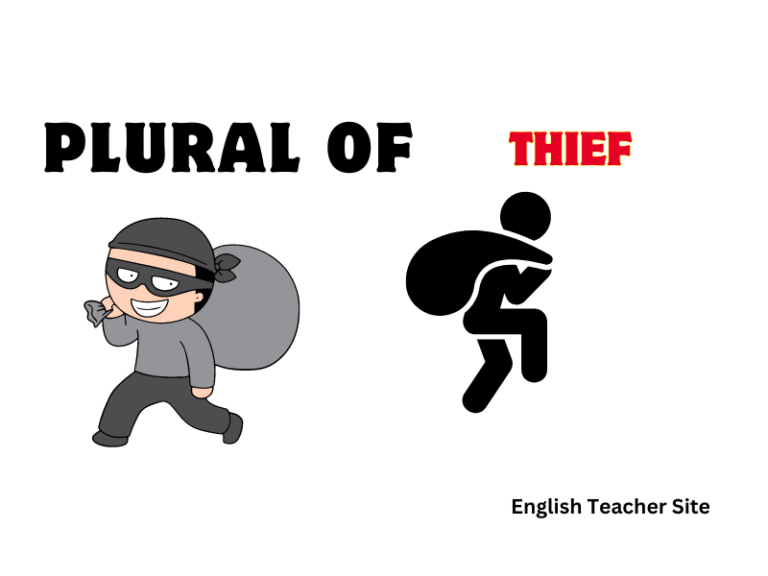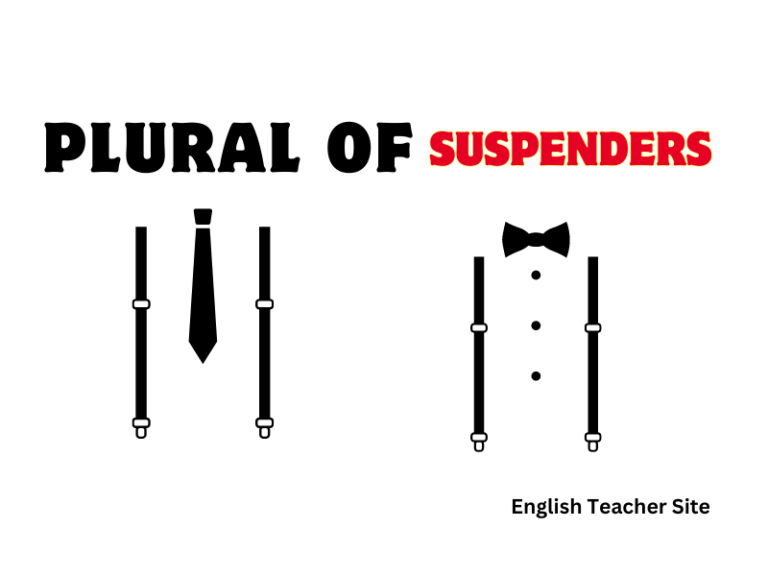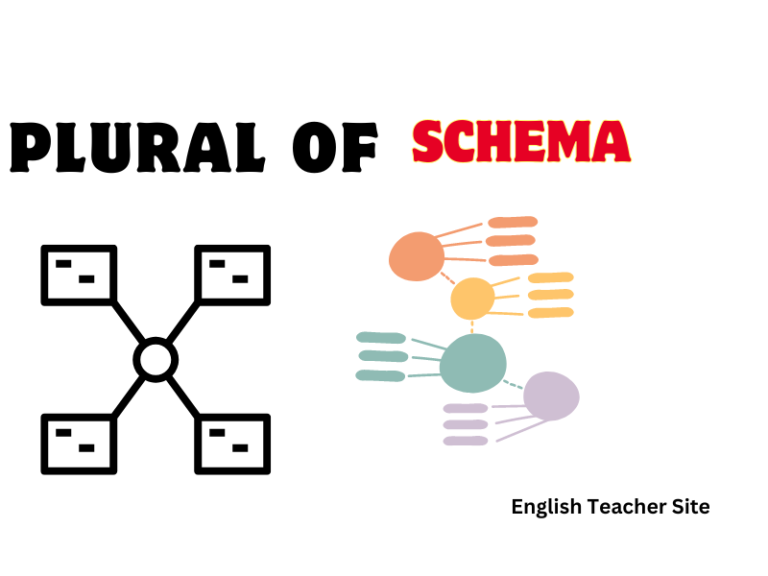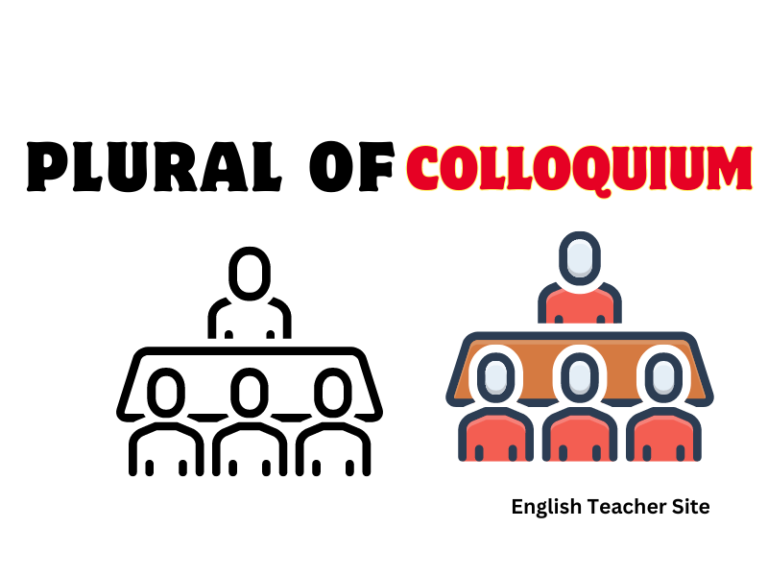What’s the Plural of Roof: Understanding Singular and Plural Nouns
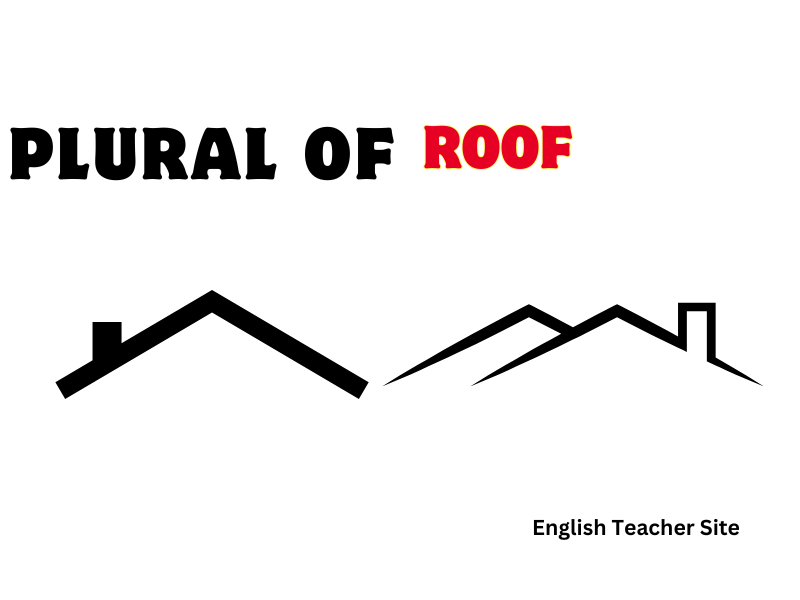
- The correct plural of “roof” used today is “roofs.”
- Historical variations of the term exist but are not commonly used in modern English.
- “Roof” adheres to standard English rules for pluralization.
In contemporary use, the pluralization of “roof” is reflected in the form “roofs,” aligning with the majority preference in written and spoken English. While there are historical instances of alternate plural forms, modern standards have largely converged on this spelling. This unanimity is exemplified in various contexts, ranging from architectural discussions to everyday conversations.
What’s the Plural of “Roof”?
The standard plural of the word “roof” is “roofs.” This is consistent with most English pluralization rules, where a simple “s” is added to the end of the noun in its singular form.
In English, the word “roof” conforms to the typical pattern of noun pluralization:
| Singular | Plural |
|---|---|
| roof | roofs |
Materials used for constructing roofs have varied throughout history, including:
- Thatch
- Clay
- Palm leaves
- Wood
Each of these materials lends itself to a different style and design of roofing, affecting the terminology used in construction and architecture. When speaking of multiple structures with coverings on top, it is correct to refer to them as having different types of “roofs.”
In summary, remember these points:
- The word “roof” is pluralized to “roofs” in modern standard English.
- “Rooves” is a variant that is now considered nonstandard and is rarely used.
- Historical and regional uses of “rooves” can still be found, but its prevalence is markedly diminished.
Is Roof Singular or Plural?
Singular and Plural Forms
The word roof is singular. However, like many nouns in the English language, it can be transformed into its plural counterpart by following specific grammatical rules.
Standard Pluralization Rules:
- Most nouns: Add an “s”
- Nouns ending in “ch,” “x,” “s,” or “z”: Add “es”
- Nouns ending in “y”: Replace “y” with “ies”
- Nouns ending in “f” or “fe”: Often, replace with “ves”
Roof Pluralization:
- Roof: While some nouns ending in “f” change to “ves” in plural form, roof does not follow this pattern.
Evidence from Usage:
- The predominant plural form used and recognized by authoritative sources is roofs.
Tables for Clarification:
| Singular | Plural |
|---|---|
| Roof | Roofs |
| Word Ending | Plural Form Example |
|---|---|
| f | Roofs |
| fe | Knives |
Defining the Word “Roof”
“Roof” refers to the top covering of a building, which provides protection from the weather. This structural element is critical as it shields the interior of a building from rain, snow, wind, sunlight, and extremes of temperature.
Characteristics of a Roof:
- Provides insulation against heat and cold
- Offers a barrier against precipitation and weather events
- Can be designed for aesthetic purposes in addition to functionality
- Often determines the architectural style of a structure
There are two prevalent formats for the plural form of “roof”:
| Singular | Plural |
|---|---|
| Roof | Roofs |
Standard Uses:
- “The house had blue roofs.”
- “Several buildings in the village had thatched roofs.”
| Metaphorical Use | Example Sentence |
|---|---|
| Shelter | “They were grateful to finally have a roof over their heads.” |
| Home | “After months of travel, she missed the comfort of her own roof.” |
Examples of “Roof” Used in Context
In its singular form, “roof” is used to refer to the covering on top of a building, as in:
- The cat is sitting on the roof.
- She heard the patter of rain on the roof through the night.
When referring to more than one structure or the tops of several buildings, “roofs” is the standardized plural form:
- All the roofs in the neighborhood glistened after the storm.
- Solar panels can be installed on the roofs of buildings to generate electricity.
To illustrate these uses, consider the following tables:
Table 1: Singular Use of “Roof”
| Sentence Example | Usage |
|---|---|
| The snow on the roof is melting. | Singular form |
| A stork built its nest on the roof of the old mill. | Singular form |
Table 2: Plural Use of “Roofs”
| Sentence Example | Usage |
|---|---|
| The entire street was silent except for the rustling of leaves and the creaking of roofs. | Plural form |
| During the festival, colorful flags were hung between the roofs of the houses. | Plural form |
- Singular: “roof” is used when talking about one building.
- Plural: “roofs” is for multiple buildings or coverings.
To further reinforce the standard pluralization, let’s consider a couple of sentences that incorporate the word “roofs” in different contexts:
- The painter admired the red-tiled roofs of the town from the hilltop.
- They compared the styles of roofs while walking through the historic district.
Examples of “Roofs” Used in Context
In Literature:
- “The winds howled around the houses, but the sturdy roofs stood firm against the storm.”
| Singular | Plural |
|---|---|
| roof | roofs |
Describing Cityscapes:
- “From this vantage point, visitors can see the colorful roofs of the city’s historic district.”
Practical Uses:
- “Ensure the roofs of all structures are inspected annually to avoid leaks.”
In Expressions:
- “That startup went from ‘shirtsleeves to shirtsleeves’ with nothing but the roofs over their heads left intact.”
Real Estate Listings:
- Homes in the area boast solar panels on their roofs, significantly reducing electricity costs.
Construction Context:
- Contractors specialize in repairing flat and sloped roofs.
| Commercial | Residential |
|---|---|
| large roofs | small roofs |
Insurance:
- When filing a claim, specify the type of damage your roofs sustained to expedite the process.
- Roofs protect against environmental elements.
- Most modern roofs have insulating properties.
- Historically, roofs have been made from materials such as slate, thatch, and shingles.
Origin of the Word “Roof”
The term roof holds a firm place in the English vocabulary, tracing its origins back to the Old English hrof. This word has been a part of the English language from its early stages, with a history that spans many centuries. A roof, understood as the upper covering of a building, has etymological connections primarily within the Germanic language family.
Table 1: Etymological Development
| Old English | Middle English | Modern English |
|---|---|---|
| hrof | rof | roof |
The Old English hrof evolved into Middle English as rof, before finally morphing into the contemporary form that is spelt and pronounced as roof. The consistency of the term over time showcases its integral role in architecture and everyday life.
Major Linguistic Influences
- Germanic Roots: Closely linked with similar terms in German and Dutch.
- Consistent Usage: The word has remained stable throughout its history.
In the architectural context, a roof doesn’t only serve as a functional element but also symbolizes shelter and security. It is interesting to note the way the concept of a roof has woven itself into various expressions in English, for instance, ‘to have a roof over one’s head’ indicating having a place to live.
| Old English | Application |
|---|---|
| hrof | Referring to the physical structure atop a building. |
My name is Khamis Maiouf. I am the creator of the English Teacher Site, dedicated to providing valuable resources and insights for students around the world. With a passion for education and a commitment to helping students enhance their skills, I aim to make English teaching more effective and enjoyable for both educators and students.


